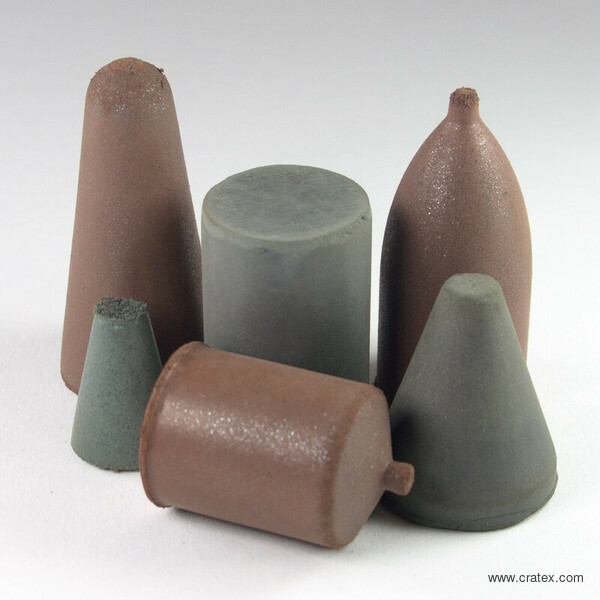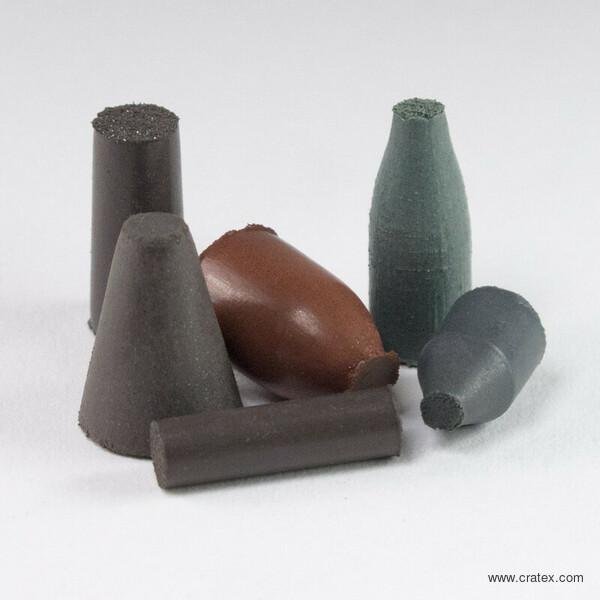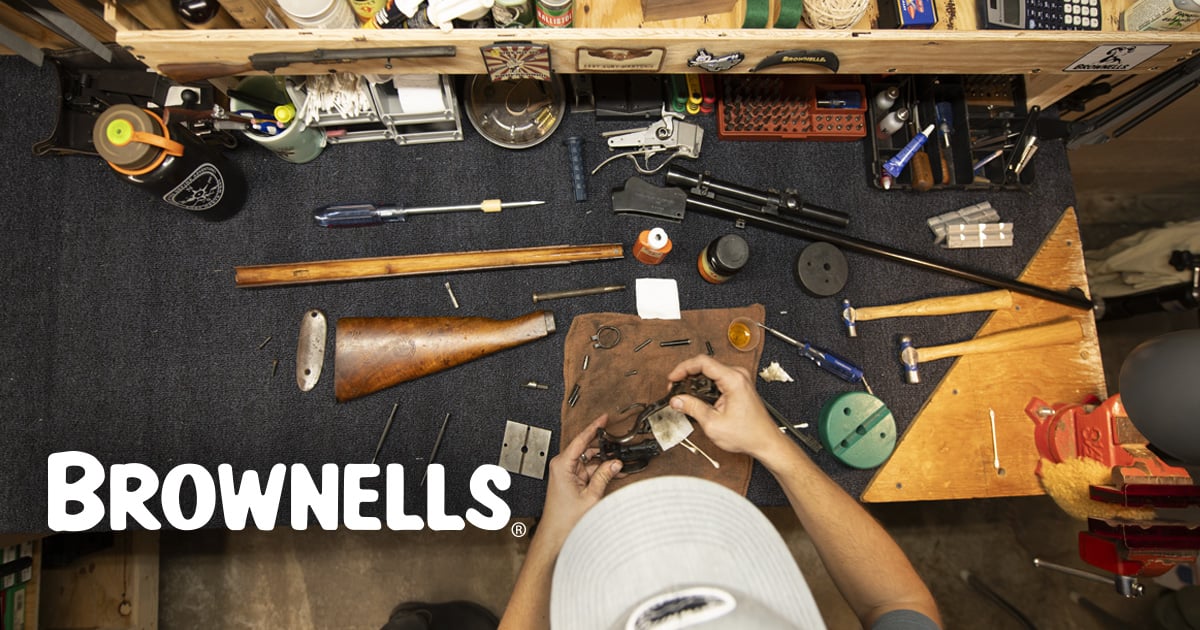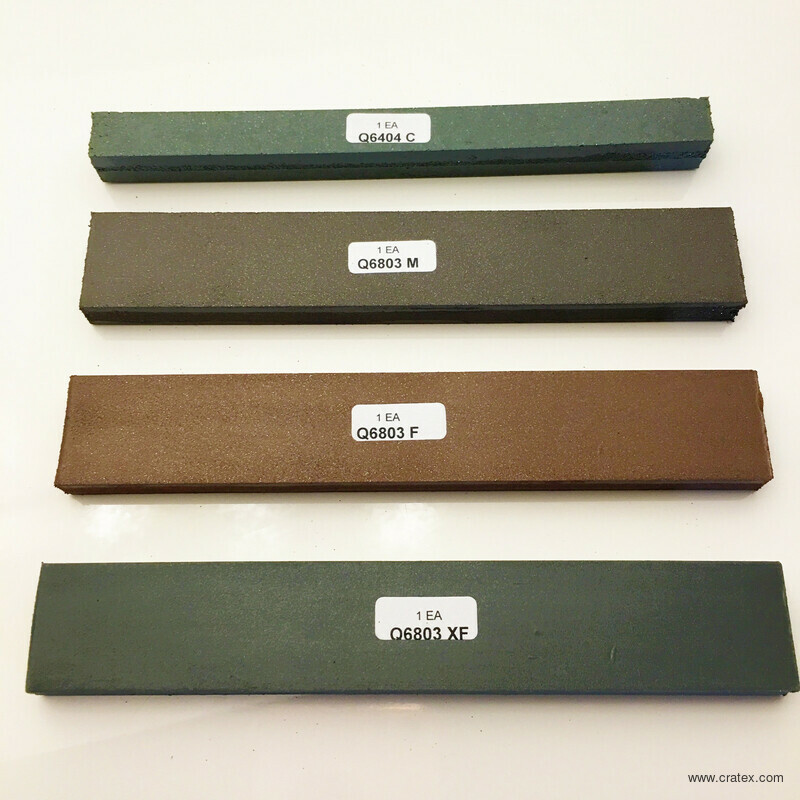I got a new barrel for my rimfire, and it did not have a feed ramp like the factory barrel which is causing me some slight feeding issues. In my old Tikka T1X Barrel -

You can notice a small little feed ramp polished to get rid of that hard edge. This allows rimfire ammo to feed in really smoothly. My new barrel shoots great, but didn't have a feed ramp and is getting stuck on Lapua/SK ammo. Barrel edge catches the line on the SK ammo.

So I want to polish a little feed ramp in the new barrel -

Since the new barrel is imported from Canada, I can't send it back for them to do the work. (Import/Export laws). They suggested I could just try it myself and if I fuck up get sent a new barrel, but I already lot matched $1000 of ammo to this barrel, just want to improve feeding.
I want to do this right, and not fuck anything up. I did email benchmark barrels if they could do something like this for me and I could swing by, but they never got back to me, and a lot of people say this should be pretty easy to do at home. Dremel and a tiny soft stone will do it. So some questions --
Agree on dremel? What size soft stone, looks like it's width is about 5mm, length of the feed is 1.1mm. What are the steps with grinding/polishing? Can I just slowly polish it all the way down or do I need to grind some first?
With the polishing/grinding I am guessing tiny little stainless steel shavings will be in the barrel, how do I clean that out w/o scratching the inside of the barrel? Compressed air and blow it out? If I patch it, won't that just drag the shavings through the inside?
Thanks in advance... I'll keep searching for a gunsmith in the area but would like to learn/try it myself if it's not too risky.
You can notice a small little feed ramp polished to get rid of that hard edge. This allows rimfire ammo to feed in really smoothly. My new barrel shoots great, but didn't have a feed ramp and is getting stuck on Lapua/SK ammo. Barrel edge catches the line on the SK ammo.
So I want to polish a little feed ramp in the new barrel -
Since the new barrel is imported from Canada, I can't send it back for them to do the work. (Import/Export laws). They suggested I could just try it myself and if I fuck up get sent a new barrel, but I already lot matched $1000 of ammo to this barrel, just want to improve feeding.
I want to do this right, and not fuck anything up. I did email benchmark barrels if they could do something like this for me and I could swing by, but they never got back to me, and a lot of people say this should be pretty easy to do at home. Dremel and a tiny soft stone will do it. So some questions --
Agree on dremel? What size soft stone, looks like it's width is about 5mm, length of the feed is 1.1mm. What are the steps with grinding/polishing? Can I just slowly polish it all the way down or do I need to grind some first?
With the polishing/grinding I am guessing tiny little stainless steel shavings will be in the barrel, how do I clean that out w/o scratching the inside of the barrel? Compressed air and blow it out? If I patch it, won't that just drag the shavings through the inside?
Thanks in advance... I'll keep searching for a gunsmith in the area but would like to learn/try it myself if it's not too risky.







